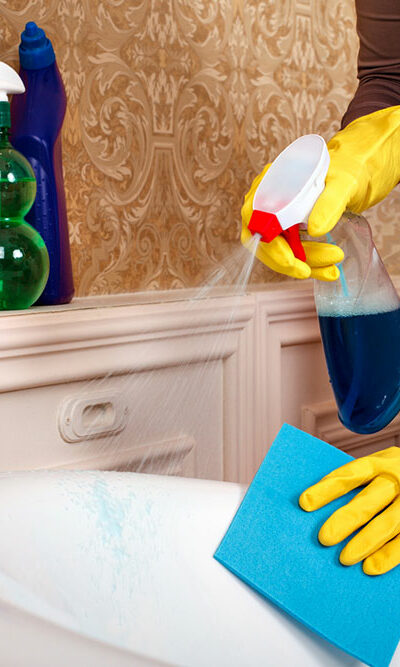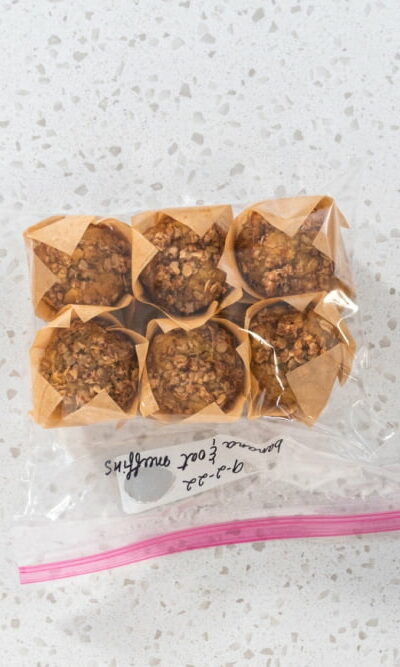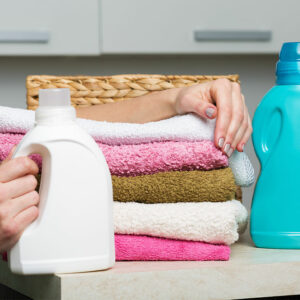
home and needs
8 Mistakes to Avoid When Using the Internet
The internet has become an integral part of our daily lives. We use it for shopping, communicating, paying bills, watching movies, and more. But while the internet offers numerous benefits, it has potential dangers, too, such as identity theft, phishing scams, and malware attacks. Cyber crimes have become more sophisticated, so you must be vigilant to stay protected online. Below are the common mistakes people make when using the internet and how to avoid them. Falling for phishing scams Cybersecurity threats are a significant issue for people using the internet, as they can result in identity theft, financial loss, and other serious consequences. Examples of cybersecurity threats include malware, hacking, ransomware, and phishing scams. Phishing scams trick people into revealing their personal information, such as their login credentials and credit card numbers. To carry out these scams, hackers usually pose as legitimate organizations and send emails, texts, or messages to individuals asking for sensitive details. Such fraud requests are challenging to spot as they appear genuine, so being cautious and skeptical of unsolicited messages is essential. Two tips to avoid falling for phishing scams are to double-check the sender’s email address or phone number and avoid clicking on suspicious links or downloading attachments. Using anti-phishing software and two-factor authentication may provide an extra layer of security. Using weak passwords Using weak passwords is one of the most common mistakes when using the internet. Hackers or brute force attacks can easily guess a weak password, leaving your accounts and personal information vulnerable. To avoid any mishap, it’s important to set strong and unique passwords for every account using a combination of letters, numbers, and symbols. Installing a password manager to generate and store passwords securely is also a good idea. Sharing sensitive information online Sharing personal information, such as your full name, address, date of birth, Social Security number, or credit card PIN, can increase the risk of identity theft and fraud.
Read More 












